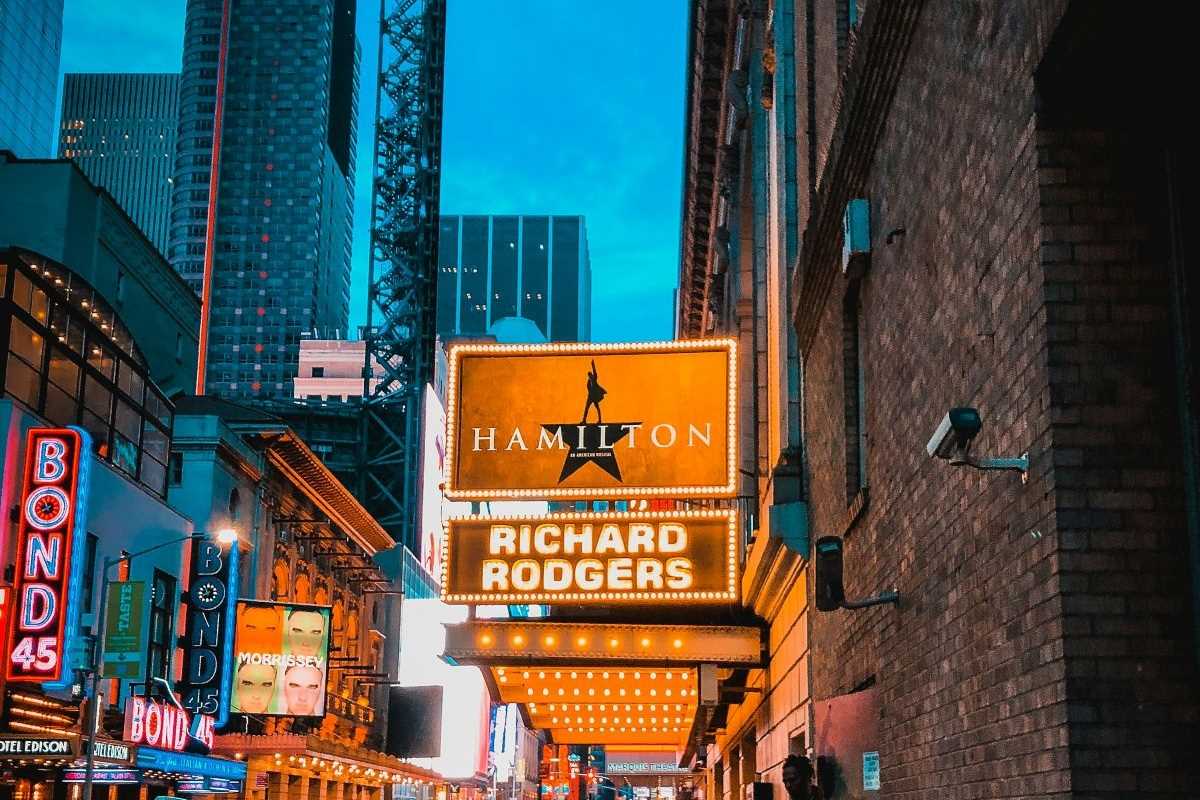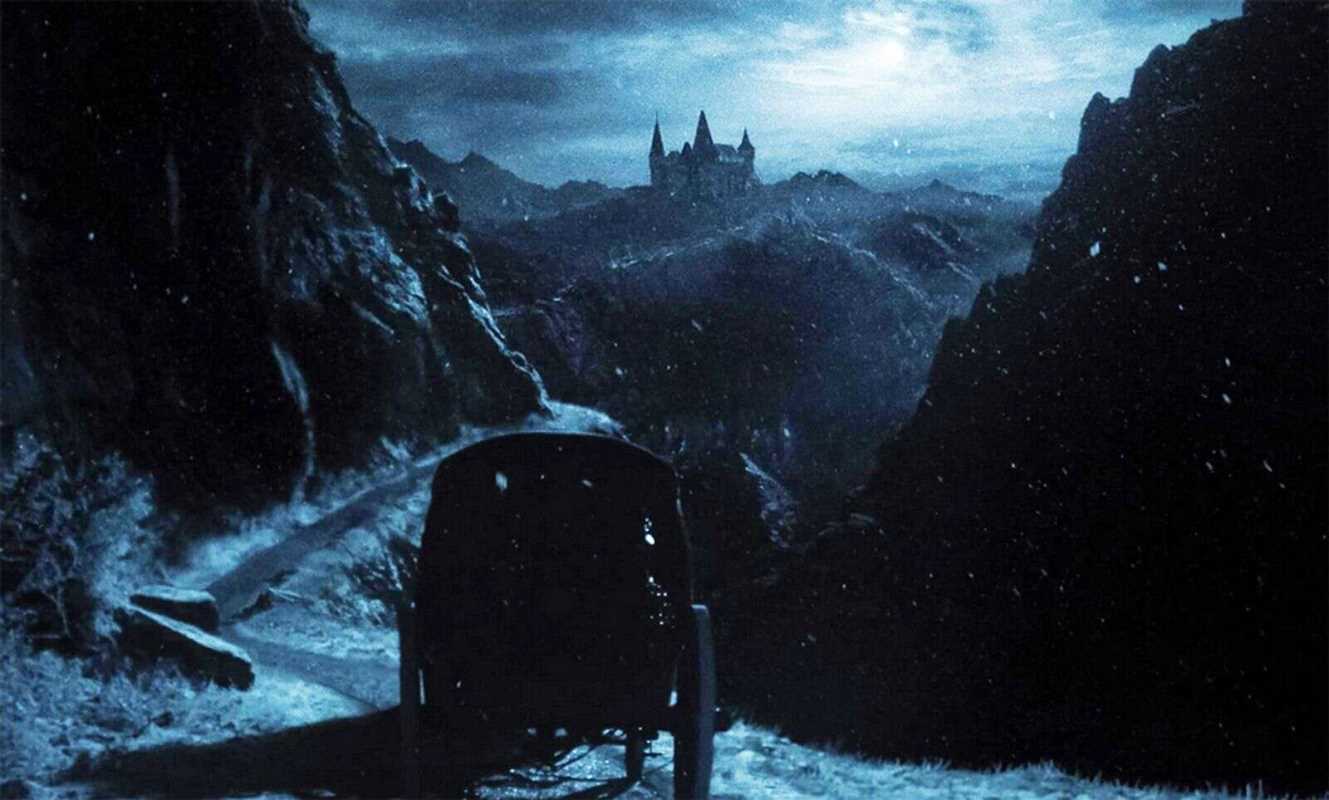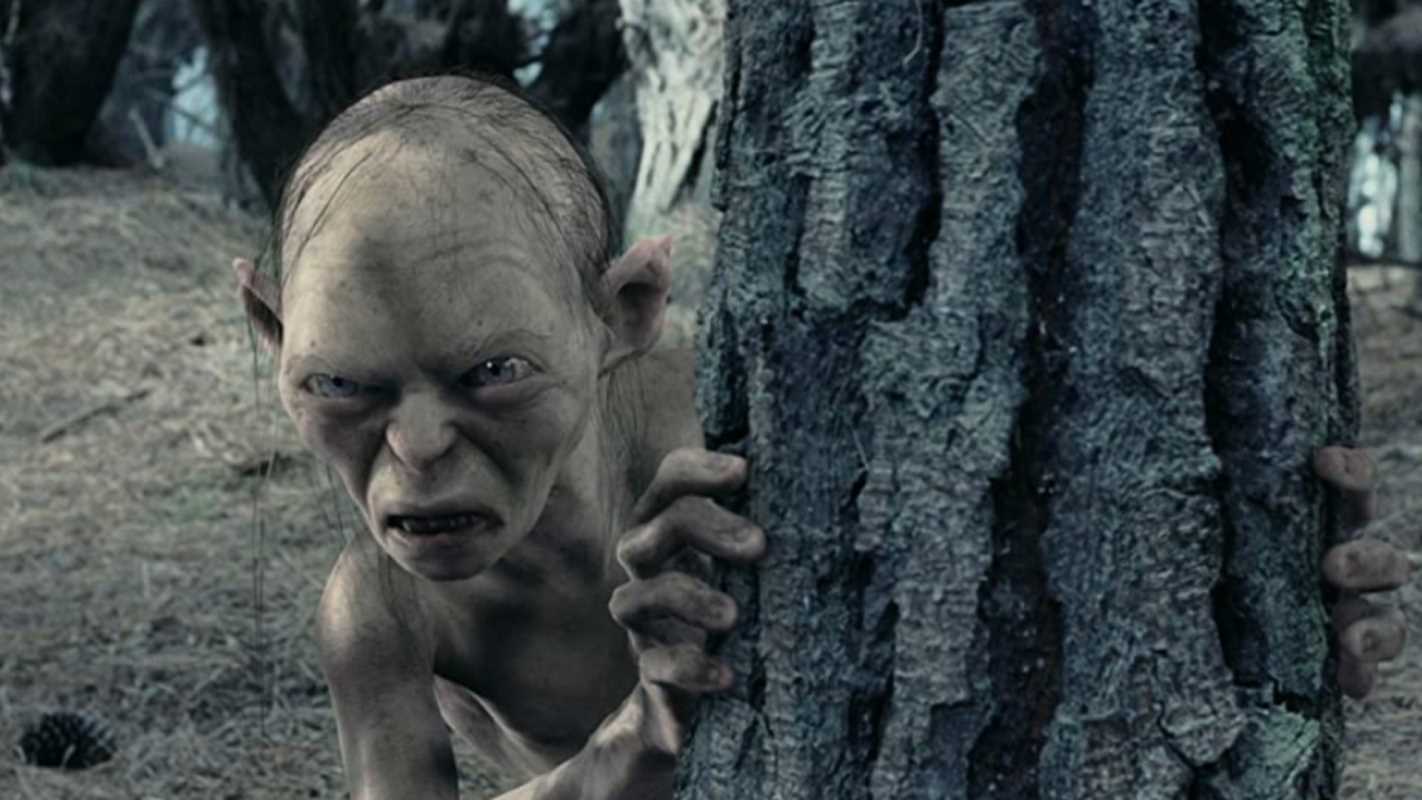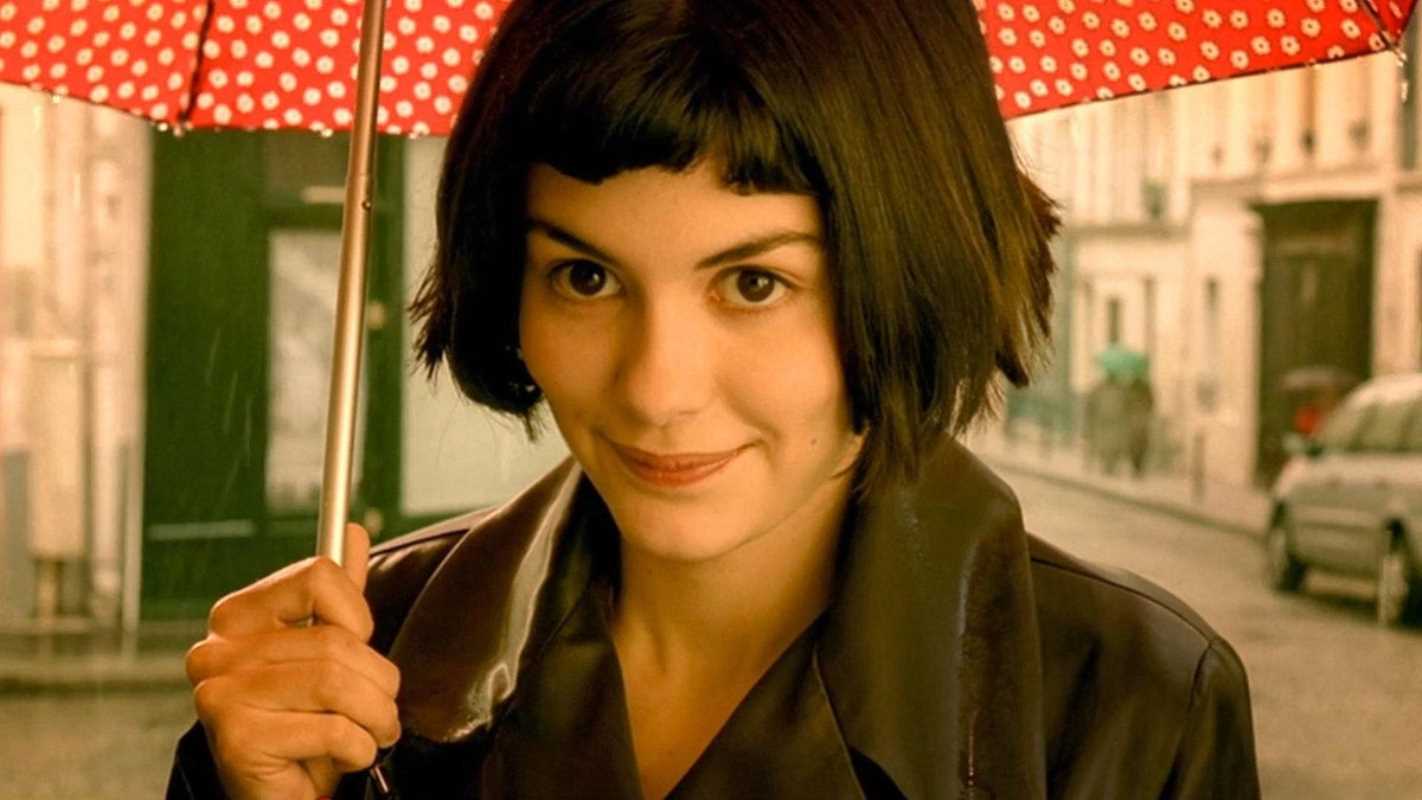In the discipline of filmmaking, editing functions as the final and arguably most critical stage of narrative construction. It is the process by which individual shots are selected, sequenced, and timed to create a cohesive and impactful whole. While often described as the "invisible art," the choices made by an editor have a profound and direct influence on the rhythm, emotional resonance, and overall comprehensibility of a film. A methodical examination of certain landmark productions reveals how innovative editing techniques have fundamentally altered cinematic language. This analysis will document the methodologies used in Pulp Fiction, Requiem for a Dream, Birdman, and Rocky to provide a clear understanding of their narrative impact and industry influence.
The Foundational Role of Editing in Storytelling
Editing, executed by the film editor in close collaboration with the director, is the art of manipulating time and space to serve the narrative. This process involves establishing pace, controlling the flow of information, and constructing the emotional arc of a scene. The Kuleshov effect, a foundational principle of film theory, demonstrated that the meaning derived from a shot is determined by the shots that precede and follow it. A skilled editor utilizes this principle to guide audience perception, create thematic connections, and generate specific psychological responses. The evolution of editing techniques is therefore synonymous with the evolution of cinematic storytelling itself.
Pulp Fiction (1994): The Disruption of Linear Narrative
Quentin Tarantino’s Pulp Fiction is a premier example of how nonlinear editing can be used to restructure a narrative and enhance thematic depth. Instead of presenting its interconnected storylines in chronological order, the film, edited by Sally Menke, is structured as a triptych of chapters presented out of sequence. This deliberate fragmentation forces the audience to become active participants in the construction of the story, piecing together events and character relationships as the film progresses.
This achronological structure serves several critical functions. It creates suspense by revealing outcomes before causes, subverts audience expectations, and places emphasis on character moments rather than conventional plot progression. A character who is killed in an early segment can reappear, alive and well, in a later one, a choice that re-contextualizes their journey. The editing of Pulp Fiction demonstrated that narrative coherence is not dependent on linear continuity. This liberated a generation of filmmakers to experiment with structure, proving that the sequence of events could be a powerful artistic tool in its own right.
Requiem for a Dream (2000): The Hip-Hop Montage and Psychological Decline
Darren Aronofsky’s Requiem for a Dream utilized a highly stylized and aggressive editing technique to depict the psychological and physical descent of its characters into addiction. Editor Jay Rabinowitz employed what Aronofsky termed the "hip-hop montage"—a rapid-fire sequence of extremely short cuts, often accompanied by amplified sound effects. These montages, sometimes consisting of dozens of shots in a matter of seconds, viscerally convey the ritualistic nature of drug use and the characters' increasingly desperate states of mind.
The accelerated pacing and rhythmic repetition of these sequences create a sense of spiraling momentum, mirroring the escalating cycle of addiction. As the film progresses, the cuts become faster and more jarring, denying the audience any moment of respite and plunging them into the characters’ chaotic subjective experience. This technique established a new visual language for representing internal states, demonstrating that editing could be used not just to show events, but to simulate a psychological condition with visceral, overwhelming force.
Birdman (2014): The Illusion of a Single Take
The editing of Birdman or (The Unexpected Virtue of Ignorance), by Douglas Crise and Stephen Mirrione, is a masterclass in creating a seamless, fluid narrative experience. The film is constructed to appear as if it were filmed in one continuous, unbroken take. This was achieved by meticulously choreographing long, complex Steadicam shots and then digitally stitching them together with invisible edits. These hidden cuts are often disguised by moments of motion blur, a whip pan, or a character passing in front of the lens.
The purpose of this technique was to immerse the audience completely in the protagonist's frantic and unraveling consciousness. The absence of visible cuts eliminates the psychological distance that editing traditionally provides, trapping the viewer in the claustrophobic backstage environment and the relentless real-time pressure that the characters experience. The continuous flow creates an unbroken stream of consciousness, blurring the line between reality and the protagonist's flights of fantasy. The editing in Birdman represents a remarkable fusion of technical precision and artistic intent, creating a uniquely immersive and subjective cinematic experience.
Rocky (1976): The Evolution of the Training Montage
While the montage sequence was not new, the film Rocky, edited by Richard Halsey and Scott Conrad, redefined its use and cemented its place as a staple of sports cinema. The film’s iconic training montage, set to Bill Conti’s powerful score, condenses weeks of grueling preparation into a few minutes of emotionally charged visuals. The sequence is a masterfully constructed crescendo of cross-cutting between various training activities, from running up the steps of the Philadelphia Museum of Art to sparring in the gym.
The effectiveness of the Rocky montage lies in its ability to communicate character development and narrative progression in a compressed, emotionally resonant format. It transforms the repetitive, arduous process of training into a heroic and inspiring journey. The sequence does more than just show a character getting stronger; it allows the audience to experience his growing determination and share in his eventual triumph. This specific application of the montage became a cultural touchstone and an essential storytelling shorthand, influencing countless films for decades to come.
 (Image source: A Band Apart; Jersey Films)
(Image source: A Band Apart; Jersey Films) 





